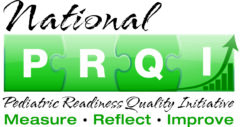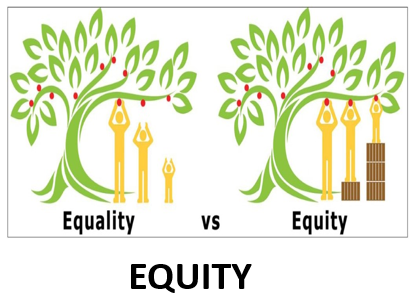
Equitable care is when the unique needs of the patient are addressed in a manner that supersedes geography, finance, and patient demographics. Families may not have a choice where they take their child for emergency care. Studies show that care often varies depending on patient demographics and ED characteristics. NPRQI provides the necessary elements to eliminate these disparities.
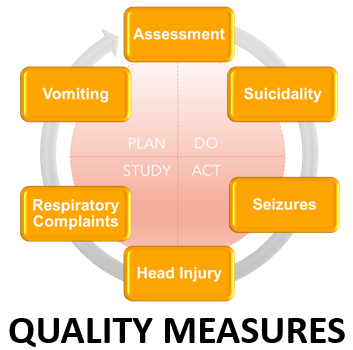
Meaningful quality measures of pediatric emergency care are needed to assess equity. Using a modified Delphi process, more than 25 professional organizations and subject matter experts developed a menu of measures that are relevant, actionable and linked to improved outcomes. These measures address all aspects of an ED visit – assessment, diagnostics, interventions, disposition-to optimize care for a critically ill or injured child.
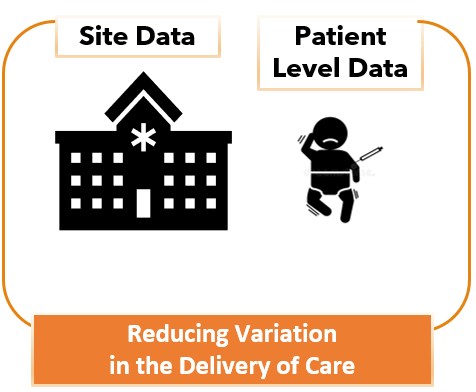
Most EDs have a low volume of pediatric patients that makes it difficult to assess the delivery of care. The NPRQI platform aggregates data from all participating sites. EDs can compare themselves with other like facilities based on geography, patient volume, and resources. Nationally, NPRQI will have sufficient pediatric patient visit experiences to better understand the variation of quality across patient demographics.
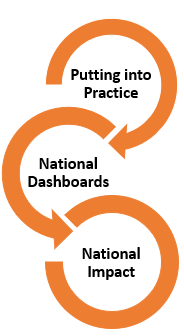
As the NPRP QI data registry grows our ability to assess pediatric emergency care delivery at a national level will grow exponentially. If all 4,149 EDs from the 2013 pediatric readiness assessment participated in just one series of PDSA cycles this would result in the inclusion of approximately 800,000 ED visits. The national dashboard for the NPRP QI Data Registry will provide real time feedback on pediatric emergency care delivery in the U.S.
